| 1 |
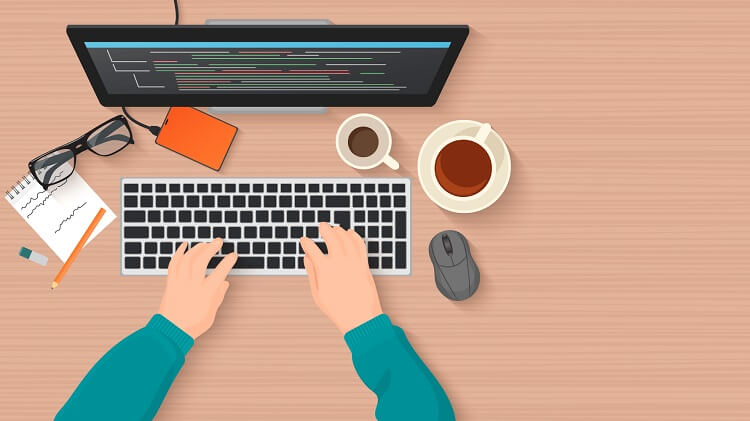 |
CST8101 |
Computer Essentials |
The essentials of computer software, hardware, and laptop management form the foundation for
building further technical programming skills. Learn to configure your laptop environment, basic
PC and troubleshoot problems. Students create backups, install virus protection, and manage
files through a basic understanding of the Windows Operating System. Students also install and
configure the Windows Operating System, and a virtual machine environment and explore computer
organization including basic numerical systems, functional hardware and software components
needed to run programs. |
| 1 |
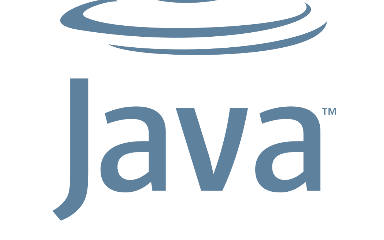 |
CST8116 |
Introduction to Computer Programming (Java) |
Possessing the fundamentals of logic, problem-solving and programming language structure
provides a solid foundation for further study in the field. Students develop introductory
knowledge of computer programming with emphasis on problem analysis and design, using
algorithms, pseudocode, flowcharts, UML Class Diagrams and testing, with the Java programming
language used as a means to implement problem solution designs. Through an introduction to the
Java programming language students use sequential structures, selection structures, repetition
structures, variables, constants, methods, constructors, one-dimensional arrays, object-oriented
programming, classes, objects, abstraction, encapsulation, inputs, outputs, coding conventions
and documentation. Theory is reinforced with application by means of practical laboratory
assessments. |
| 1 |
 |
CST8215 |
Introduction to Database |
Databases are used to store data and are a core component of many information technology
systems. Students learn the fundamentals of relational databases design using Entity Relation
Diagrams (ERDs), and use Structured Query Language (SQL) to create, modify and query a database.
Students design and create databases that are maintainable, secure and adaptable to change in
business requirements, using normalization. Students become familiar with the functions of a
Database Management System (DBMS) and its components in comparison with legacy systems and
alternative information storage mechanisms. |
| 1 |
 |
CST8300 |
Achieving Success in Changing Environments |
Rapid changes in technology have created personal and employment choices that challenge each of
us to find our place as contributing citizens in the emerging society. Life in the 21st century
presents significant opportunities, but it also creates potential hazards and ethical problems
that demand responsible solutions. Students explore the possibilities ahead, assess their own
aptitudes and strengths, and apply critical thinking and decision-making tools to help resolve
some of the important issues in our complex society with its competing interests. |
| 2 |
 |
CST2355 |
Database Systems |
Students acquire practical experience using market-leading object-relational database management
systems like Oracle and MySQL. Students obtain hands-on experience with advanced engineering
modeling tools along with SQL, SQL scripts and programming with Oracle's PL/SQL blocks. Database
concepts covered include advanced SQL, case structures, rollup and cube operations, metadata
manipulation, data storage and retrieval, security and transaction control and data warehousing.
|
| 2 |
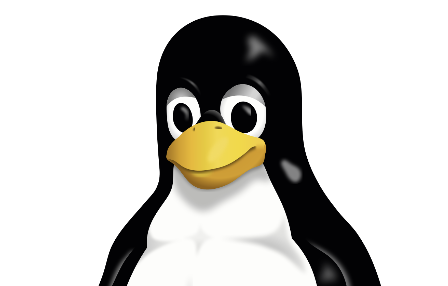 |
CST8102 |
Operating System Fundamentals (GNU/Linux) |
Students explore the basic concepts and components of Operating Systems (OS), and how they
function and interact with hardware and software components. Students examine the details of
operating system structures, process management, storage management, installation,
configuration, and administration both in theory and through practical assignments based on the
GNU/Linux operating system. Lab work is designed to implement the theory by developing skills
using the powerful GNU/Linux command-line tools and utilities. |
| 2 |
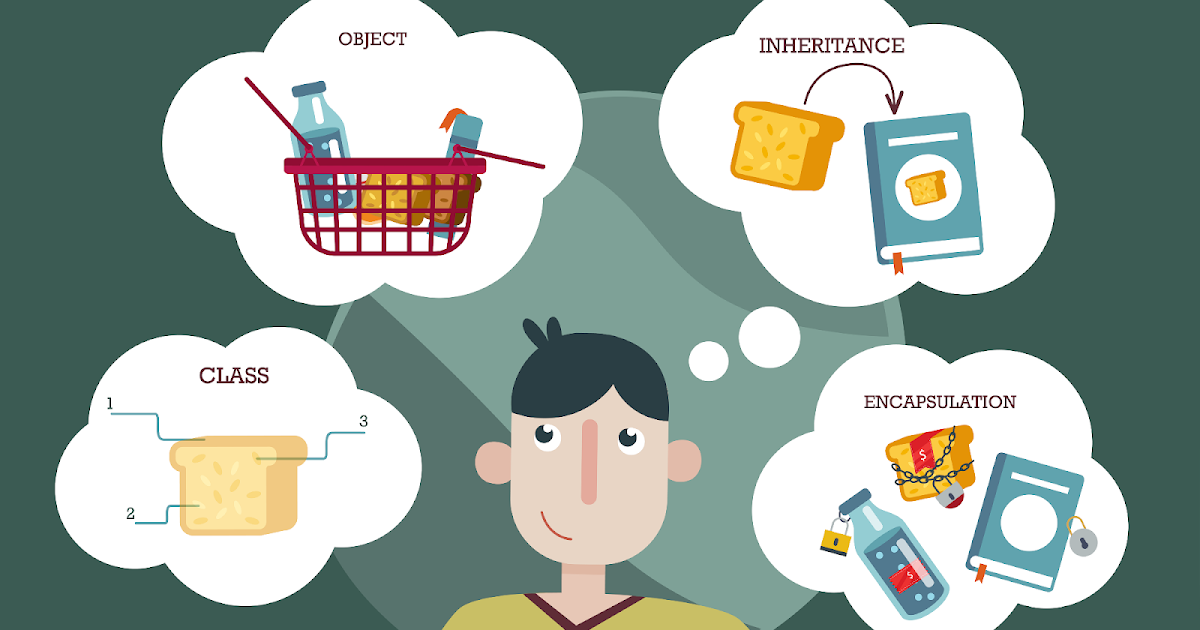 |
CST8284 |
Object Oriented Programming (Java) |
Students explore object-oriented programming methodology using the Java programming language.
Object oriented concepts, such as encapsulation, inheritance, abstraction and polymorphism are
covered and reinforced with practical applications. Students explore the basics of data
structures and algorithms as well as basic Graphical User Interface (GUI) programming. |
| 2 |
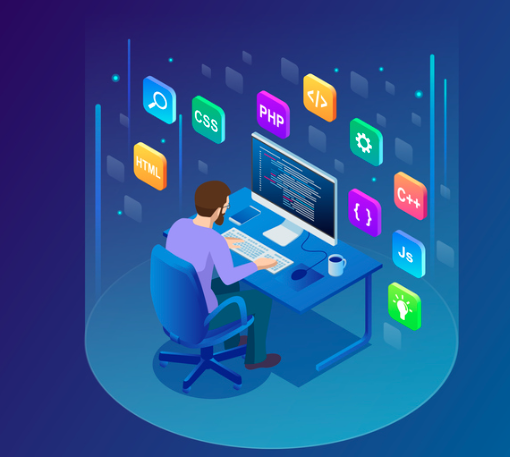 |
CST8285 |
Web Programming |
Students develop basic skills of web programming, website design and implementation. JavaScript,
HTML5, and PHP are used to explore web-based solutions to problems of increasing interactivity
and complexity. Lectures are reinforced by practical assignments that encourage students to
construct and maintain their own websites. |







